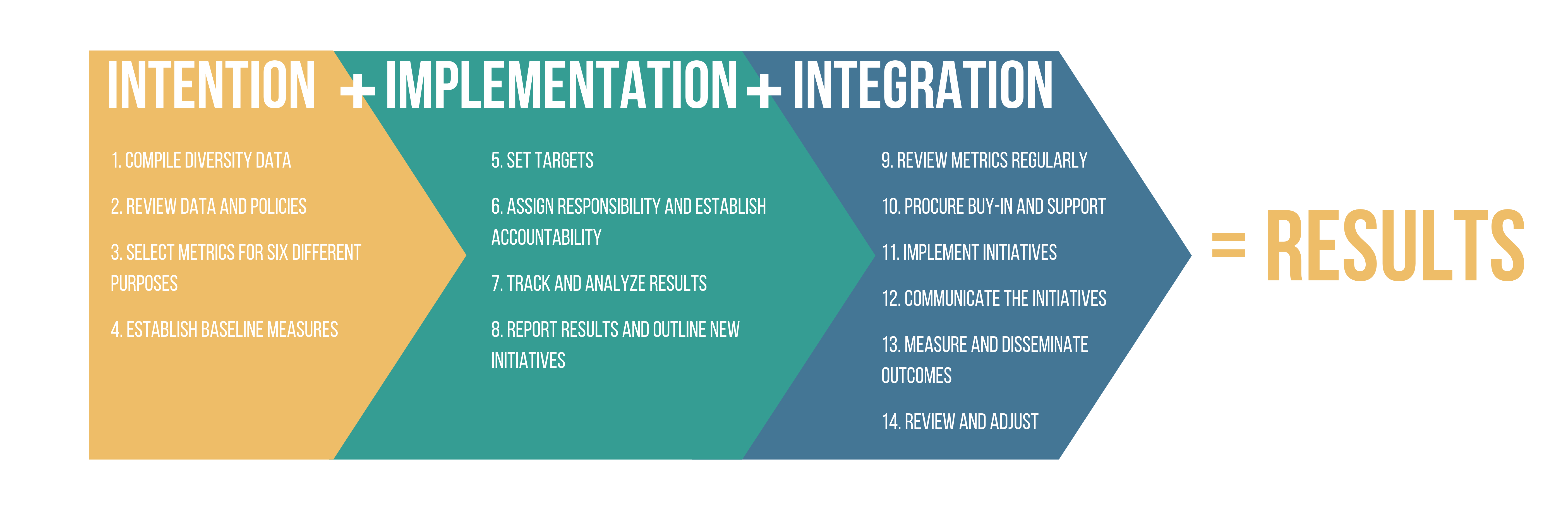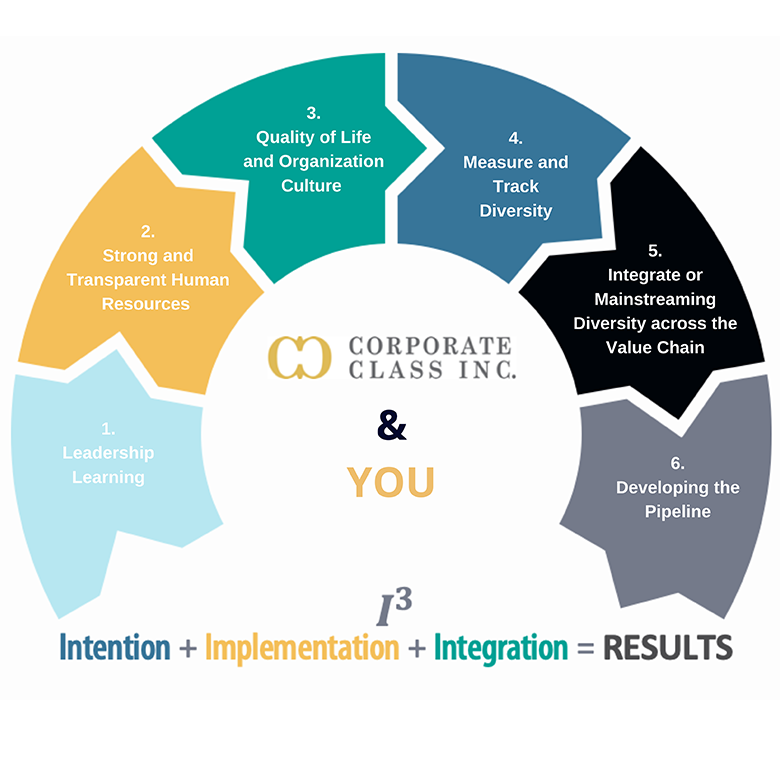To foster a happy and effective workplace, leaders must demonstrate an inclusive leadership style. An inclusive workplace culture where employees feel respected, valued, and encouraged to share their viewpoints and skills is crucial to building inclusive leadership skills. In this blog post, we’ll look at several tactics you may use to create an inclusive environment and learn how to be an inclusive leader.
Identifying and Addressing Unconscious Bias
Implicit connections or stereotypes we unconsciously hold about particular racial or ethnic groups are known as unconscious biases. Because of these biases, we may unwittingly make poor decisions and engage in discriminatory behavior at work. As an inclusive leader, it’s critical to identify and address unconscious prejudice by educating team members, offering bias education, and making employees aware of their own biases and preferences. Unconscious discrimination in the workplace can be identified and addressed by leaders with the assistance of seminars and leadership training programs provided by Corporate Class Inc., a global leader in executive and leadership presence training.
Encourage Pay Equity
An essential component of inclusive leadership is promoting wage equity. It entails ensuring everyone receives a fair and equal wage for their effort, regardless of gender, color, or other traits. You can demonstrate your dedication to fairness and equality by carrying out routine pay equity audits, resolving any pay inequalities that may already exist, and implementing transparent compensation policies. Corporate Class Inc. offers leadership development courses that can give managers the know-how and abilities to advance pay equity and foster a culture with a more equitable workplace.
Respect All Cultural Holidays
Inclusion in the workplace is significantly influenced by different cultures. Recognizing and celebrating holidays and customs from your entire organization’s various cultures is one way to encourage diversity and inclusion in leadership. By respecting and acknowledging these cultural customs, you may foster an inclusive workplace where employees feel valued and respected. The leadership development courses offered by Corporate Class Inc. place a strong emphasis on cultural sensitivity and provide managers with the skills necessary to lead diverse teams and encourage tolerance.
Create Inclusive Teams
Creating diverse teams is crucial for promoting innovation and teamwork. An inclusive leader can build various groups by actively seeking diverse talent, supporting diverse perspectives, and ensuring all team members feel valued and included. You can establish an atmosphere where everyone feels at ease and empowered to give their best work by promoting open communication, offering fair chances for growth and development, and cultivating a culture of respect and belonging. The leadership development courses provided by Corporate Class Inc. include advice on how to create inclusive teams and improve your authentic leadership style.
Attend a Workshop on Diversity and Inclusion
Attending a diversity and inclusion workshop will help you improve your inclusive leadership qualities. These programs offer insightful tips, industry-recognized best practices, and viable inclusive leadership behaviors and skills for developing and sustaining an inclusive organizational culture.
Finally, fostering an inclusive corporate culture requires inclusive leadership. You can develop into a successful and inclusive leader by recognizing and addressing unconscious prejudice, encouraging pay fairness, recognizing holidays from various cultures, building inclusive teams, and attending diversity and inclusion seminars.
Contact us today to learn more about how Corporate Class Inc. can assist you in improving your inclusive leadership style.












 CDI is a resource for organizations and leaders who aim toward making D&I strategies easily accessible and implementable for their teams, their business and individual leaders alike.
CDI is a resource for organizations and leaders who aim toward making D&I strategies easily accessible and implementable for their teams, their business and individual leaders alike.